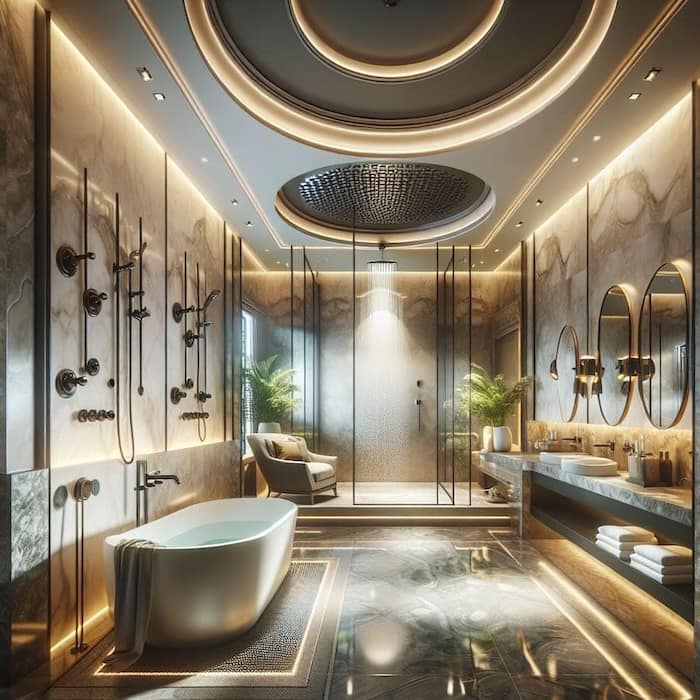Cement Boards vs. Jackboards: The Basics
At their core, both cement boards and jackboards serve the same primary purpose: they act as backings or underlayments, particularly in rooms exposed to high moisture levels, like bathrooms. However, their compositions and consequent performances are where they mainly differ.
Composition:
- Cement Boards: As the name suggests, these are primarily composed of cement and often have reinforcing fibers. This gives them strength and resistance to moisture, making them an ideal choice for places that are regularly exposed to water.
- Jackboards (often known as greenboards or water-resistant drywall): These are essentially gypsum boards with a moisture-resistant paper facing. They offer some resistance to moisture but are not waterproof.
Why Choose Cement Boards Over Jackboards?
Moisture and Mold Resistance:
- Cement Boards: Being intrinsically resistant to water, cement boards reduce the risk of mold growth and structural damage. Their very composition ensures that they don’t serve as a breeding ground for mold and mildew.
- Jackboards: While they are water-resistant, they aren’t waterproof. Over prolonged exposure, moisture can seep into jackboards, potentially leading to mold growth and weakening of the structure.
Durability:
- Cement Boards: Highly durable and less prone to deterioration, even after prolonged exposure to moisture. This means less frequent replacements and repairs.
- Jackboards: Despite their moisture-resistant facings, they can deteriorate over time, especially when exposed to constant moisture.
Tile Adherence:
- Cement Boards: Their textured and porous surface allows tiles to adhere better, ensuring a more durable tile installation.
- Jackboards: The smoother surface may not offer as secure an adhesion for tiles, especially in wet areas.
Cost Effectiveness:
- Cement Boards: While the initial investment may be higher than jackboards, the durability and reduced need for frequent replacements make them a cost-effective solution in the long run.
- Jackboards: Though initially cheaper, the potential for future repairs or replacements, especially in high-moisture environments, could increase costs over time.
We as professional bathroom fitters in Manchester highly recommend using cement boards for bathroom renovations.
Conclusion:
The choice between cement boards and jackboards is significant when planning a bathroom renovation or construction. While both materials have their own sets of advantages, when it comes to prolonged moisture exposure, durability, and tile adherence, cement boards undeniably come out on top. Their superior moisture resistance and durability make them an invaluable asset in bathrooms, ensuring longevity and reducing long-term costs. When planning your next bathroom project, consider the long-term benefits of cement boards, as they promise to deliver both in terms of performance and cost-effectiveness.
